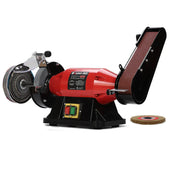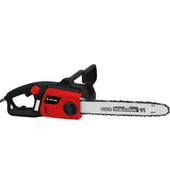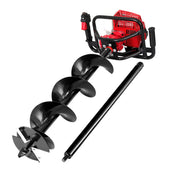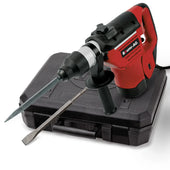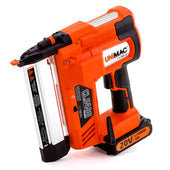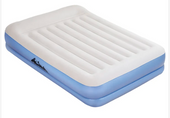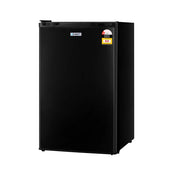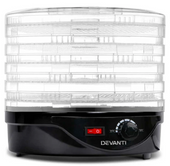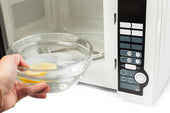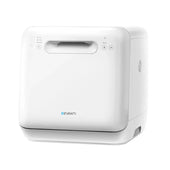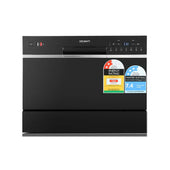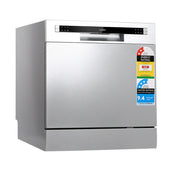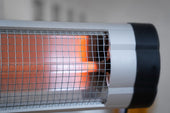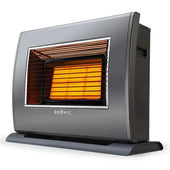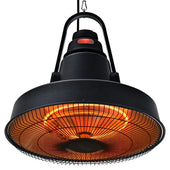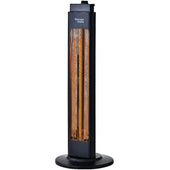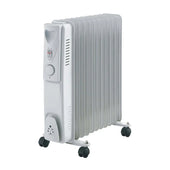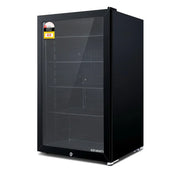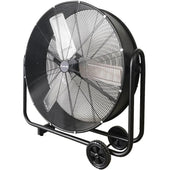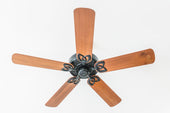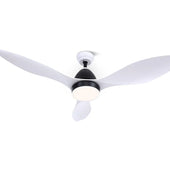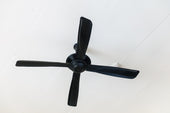Understanding Different Types of Bathtubs
Bathtubs come in various designs, materials, and sizes, suited for different needs and preferences.
Types of Bathtubs:
- Freestanding Bathtubs: Stylish and standalone, these serve as a focal point in modern bathrooms.
- Alcove Bathtubs: Installed within three walls, these are space-saving and ideal for smaller homes.
- Clawfoot Tubs: Known for their vintage charm, these rest on claw-like feet, offering a classical design.
- Drop-In Bathtubs: Fitted inside a deck or enclosure, they allow for more customisation.
- Corner Bathtubs: Triangular-shaped tubs optimising unused bathroom corners.
- Walk-In Bathtubs: Designed for easier access, ideal for elderly or disabled individuals.
- Whirlpool Tubs: Equipped with jets for a spa-like experience, catering to relaxation needs.
- Soaking Tubs: Built deeper for full-body immersion and therapeutic water soaking.
Material often influences durability and style, including acrylic, cast iron or fibreglass options.
What are the Best Materials for Bathtubs?
Choosing the right material for a bathtub is crucial as it impacts durability, comfort, aesthetics, and maintenance. Here are some of the most popular options:
- Acrylic: Lightweight, affordable, and available in numerous designs. It resists stains and retains heat well, making it ideal for comfort and ease of cleaning.
- Porcelain-Enamelled Steel: Durable and elegant, this material is resistant to scratches but may feel cold to the touch.
- Fibreglass: Budget-friendly and versatile, though prone to cracking and fading over time.
- Cast Iron: Known for exceptional durability and heat retention but is heavy and requires reinforced flooring.
- Stone Resin: Luxurious and eco-friendly, with excellent heat retention and a natural finish.
Each material has its unique advantages depending on personal preferences, bathroom style, and budget.
How to Choose the Right Size and Style for Your Bathroom?
Selecting the perfect bathtub involves evaluating both size and style to create a functional yet aesthetically pleasing bathroom. Start by measuring the available space, ensuring the tub fits comfortably without crowding. Standard tubs require lengths of 150–180 centimetres, but compact models or corner tubs work well for smaller bathrooms.
Assess the bathroom’s layout to choose a style complementing its design. Options include freestanding tubs for a luxurious look, alcove tubs for space-saving, and drop-in tubs for a modern finish. At During Days the household’s needs, such as accessibility for children or elderly family members, should also guide choices. Always match the tub material and finish to the room’s décor for harmony.
Bathtub Installation: DIY or Hire a Professional?
Choosing between a DIY bathtub installation or hiring a professional depends on various factors.
Scope of Work
- DIY Installation: Suits individuals experienced with plumbing, tiling, and handling heavy materials. Basic drop-in tubs or freestanding models may be manageable with accessible tools and in-depth research.
- Professional Installation: Necessary for complex setups like alcove designs, whirlpool tubs, or installations requiring extensive plumbing or electrical work.
Cost Considerations
- DIY: Saves on labour costs but risks expensive mistakes if not done correctly.
- Professional Help: Higher upfront costs but ensures proper installation and long-term performance.
Risks and Expertise
Bathtub installation involves risks like water damage or injury due to heavy lifting. Professionals bring experience, precise tools, and often warranties to the project.
How to Properly Maintain and Clean Your Bathtub?
Regular maintenance and cleaning of a bathtub ensure its longevity and contribute to a hygienic bathroom environment. To clean effectively:
- Choose the Right Cleaning Agent Use a non-abrasive cleaner. For porcelain tubs, opt for mild detergents. Acrylic and fibreglass tubs require pH-neutral cleaning solutions. Avoid harsh chemicals that may damage finishes.
- Rinse Thoroughly After Each Use Rinse the surface with water post-use to prevent soap scum and residue build-up.
- Weekly Cleaning Routine Wipe down the tub weekly using a soft cloth or sponge. Pay attention to corners and drainage areas.
- Tackle Stubborn Stains Apply baking soda paste or white vinegar for persistent grime, letting it sit before scrubbing gently.
- Inspect and Maintain Drainage Regularly check drains for clogs and remove any debris to prevent water flow issues.
- Polish for Shine After cleaning, buff the surface using a clean, dry cloth to restore its sparkle.
Are Freestanding Bathtubs Worth the Investment?
Freestanding bathtubs are often seen as a luxury addition to modern bathrooms, elevating both style and functionality. They offer versatility in placement, allowing homeowners to position them anywhere in the bathroom without the constraints of wall mounting. Their unique designs can serve as a focal point, enhancing aesthetics with a sleek, minimalist look or classic elegance.
Advantages of Freestanding Bathtubs:
- Visual Appeal: Adds a stunning architectural feature to the bathroom.
- Flexibility: Positioned freely, offering design freedom.
- Resale Value: Boosts property appeal for potential buyers.
Considerations:
- Space Requirements: Requires ample room due to its stand-alone structure.
- Potential Costs: Installation and purchase are typically pricier than built-in bathtubs.
- Maintenance: Cleaning around and beneath the tub can be more involved.
Investing depends on balancing aesthetic value, practicality, and budget.
What’s the Difference Between Alcove, Drop-In, and Clawfoot Bathtubs?
The differences between alcove, drop-in, and clawfoot bathtubs stem from their design, installation method, and aesthetics.
- Alcove Bathtubs: These are installed in a three-wall enclosure, making them space-saving and ideal for small bathrooms. Their design caters to both bathing and showering, often featuring a built-in apron front.
- Drop-In Bathtubs: These are fitted into a pre-built deck or platform, offering a seamless, customisable look. With no exterior wall panels, they require separate tiling or cabinetry for enclosure.
- Clawfoot Bathtubs: Freestanding and supported by decorative feet, these add vintage charm. Unlike other types, they require more floor space but offer mobility and luxury appeal.
Each style suits different spaces and design preferences.
Can Bathtubs Increase the Value of Your Home?
Adding or retaining a bathtub in a home can influence its resale value, especially in certain markets. Buyers with families often prioritise homes with at least one bathtub, making them highly sought-after features for properties catering to households with young children.
- Market Preferences: Home preferences vary; luxury homes might benefit from spa-like bathtubs, while urban areas may lean more towards showers.
- Bathroom Layouts: A full bathroom, including a bathtub, can often fetch higher appraisals compared to one with only a shower.
- Style and Features: Freestanding tubs, whirlpool models, and clawfoot designs can enhance aesthetic value, making a home more attractive.
Proper maintenance ensures bathtubs remain an asset, boosting buyer interest and home valuation.
How to Address Common Bathtub Issues like Leaks or Stains?
- Fixing Leaks: Identify the source of the leak, often at the drain or around fixtures. For minor cracks, use waterproof epoxy or caulk. If the damage is severe, consult a professional plumber to avoid further complications.
- Removing Stains: Different stains require tailored solutions. For rust marks, mix vinegar and baking soda into a paste, apply, and scrub gently. Hard water stains respond well to lime scale removers. Always use non-abrasive cleaners to prevent surface damage.
- Preventative Measures: Install a high-quality sealant to protect grout and joints. Clean regularly using mild, non-chemical solutions to prevent build-up, stains, or damage over time.
What are the Eco-Friendly Options for Bathtubs?
When considering eco-friendly bathtub options, individuals can make choices that reduce environmental impact while maintaining comfort and aesthetics. Here are some notable choices:
- Recycled Materials: Bathtubs made from recycled acrylic or cast iron minimise waste and reuse resources effectively.
- Sustainable Manufacturing: Look for tubs from companies that follow eco-conscious procedures, reducing their carbon footprint.
- Freestanding Wooden Tubs: Crafted from responsibly sourced timber, wooden tubs offer a natural and renewable option.
- Low-Water Baths: Compact designs conserve water, making them ideal for sustainability-focused households.
- Energy-Efficient Heating Systems: Some bathtubs come integrated with energy-saving heating solutions, ensuring reduced energy usage.
Incorporating these features fosters environmental preservation while offering durable, comfortable bathing options.



